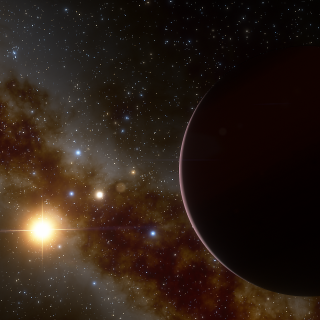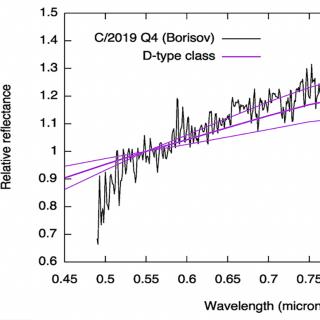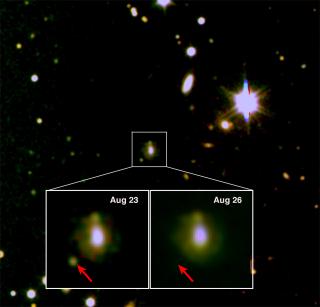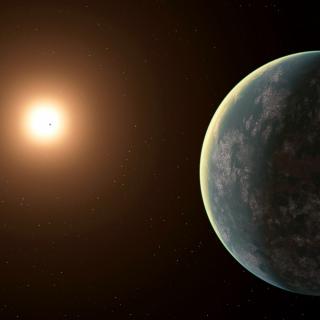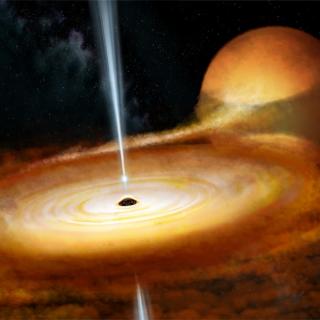
A international team of astronomers, led by the University of Southampton and with participation by the Instituto de Astrofísica de Canarias has used the camera HiPERCAM on the Gran Telescopio Canarias and NASA’s NICER space observatory to make a high frame-rate movie of a growing black hole system. In the process they have discoverd violent flares in visible light and in X-rays which give new clues to help understand the immediate surroundings of these intriguing objects. The results of this study are published in the prestigious journal Monthly Notices of the Royal Astronomical Society
